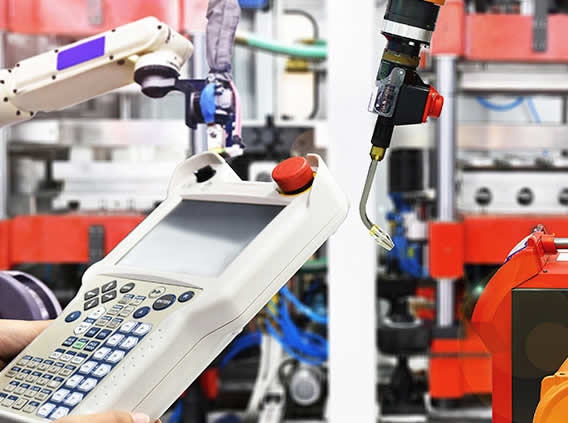What does a robotics engineer do?
A robot has three distinct facets, each of which is related to a traditional field of study:
1. Hardware —This is the physical aspect of the robot, such as a mechanical arm, a drone vehicle or a miniature probe. Robots move using sophisticated systems of hydraulics and pneumatics. They also have vast arrays of delicate sensors, which are used to observe their environments.
Relevant discipline: mechanical engineering
2. Software — Robots are controlled by software algorithms that either run locally or on a network, the robot is connected to. In the past, this software was a set of intricate instructions that told the robot exactly what to do in every possible situation. Today, machine learning and artificial intelligence (AI) make it possible for robots to teach themselves and adapt their programming as circumstances change.
Relevant discipline: computer science or software engineering
3. Connectivity — Robots need a way for their software to communicate with their hardware and vice versa. Because of this, each robot has a system that relays instructions from the software controller to the hardware and also sends sensor data back to the controller. This connectivity is usually achieved with complex wiring, although modern robots may pass data over Wi-Fi networks.


